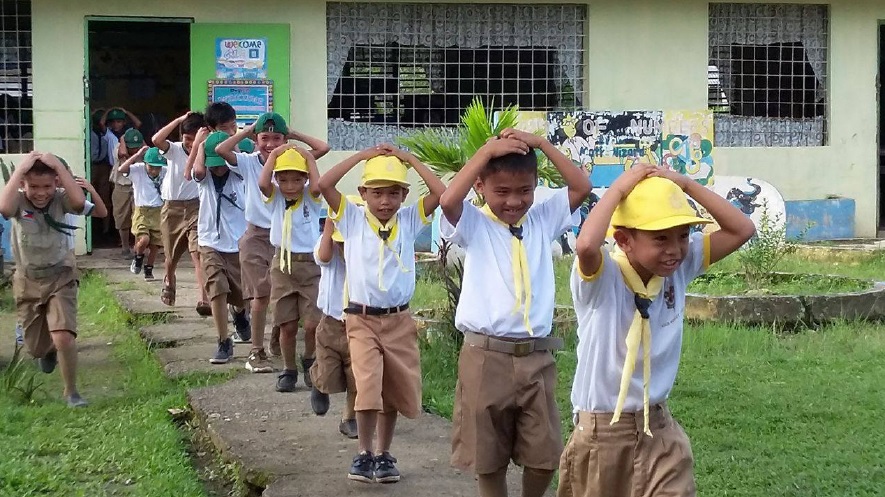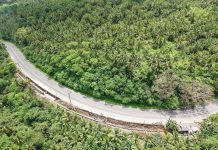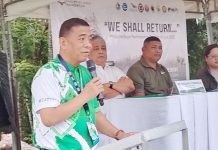
It’s good to be prepared always, thus the need to strengthen the capacity of schools to enable them to respond in the event of disasters and emergencies to save more lives and ensure resilience.
Recently, the Philippine Institute of Volcanology and Seismology (Phivolcs) has warned of a possible strong earthquake in Leyte as the Philippine Fault in the province never had significant shaking in more than 100 years.
Aiming for disaster resilience, Gov. E. Jaro Elementary School (GEJES) in Babatngon II District has initiated its disaster risk reduction (DRR) programs that prepare students and teachers for different disasters.
According to Head Valentin C. Trapela, the school regularly conducts earthquake drills.
“All students and teachers participate in the regular drills, where they pass through the designated routes to evacuate,” Trapela said.
Trapela emphasized the importance of preparing for earthquakes through regular drills, as the province of Leyte is prone to earthquakes, and earthquakes are more difficult to predict.
Barangay Gov. E. Jaro, where the school is located is also prone to flood, being located near Bagahupi River.
But Trapela said it is easier to predict floods. “We can see it coming, and people can make announcements right away. Unlike with earthquakes, there aren’t announcements for that, except when it actually happens, then that’s when you respond. That’s why we focus on having earthquake drills,” Trapela said.
Aside from strengthening the capacity of the school, GEJES has also bolstered its partnership with different agencies for the promotion of volunteerism, humanitarian values, and culture of safety and health through trainings on life saving and first aid.
The local Philippine National Police (PNP) and Bureau of Fire Protection (BFP) and the local government unit have been active partners for activities and programs involving disaster risk reduction. These technical assistance strengthens the capacity of the school and help minimize and efficiently respond to the impact of disasters.
This also becomes an opportunity for the school officials to ask the PNP and BFP for evaluations and recommendations, either written or oral, and uses then to improve the program.
“We study the evaluations. Whatever they point as weaknesses, that’s what we keep in mind for improvement. What they point out as okay, that’s what we maintain,” Trapela said.
Every year, GEJES boosts the disaster awareness and preparedness through the conduct of quarterly nationwide simultaneous earthquake drills (NSED).
Trapela meanwhile hoped that GEJES’ DRR programs will equip all members of the GEJES community with the knowledge and skills to prepare for any kind of disaster.
“We urge our students to take earthquake drills seriously so they would know what to do when a strong tremor happens. We also asked them to share what they learned in the drills to their families,” Trapela said.
The Leyte Island fault line is part of the 1,200 kilometer-long Philippine fault zone, a major tectonic feature that transects the while Philippine archipelago from northwestern Luzon to southeastern Mindanao.
The presence of active fault zone have put some areas in Eastern Visayas as high risk to earthquakes.
“As they say, it’s good to be prepared,” he said.
(Note: The author is a Teacher III of Gov. E. Jaro Elementary School in Babatngon District, Babatngon,Leyte)
BY SHELLARICA C. ARINTO



